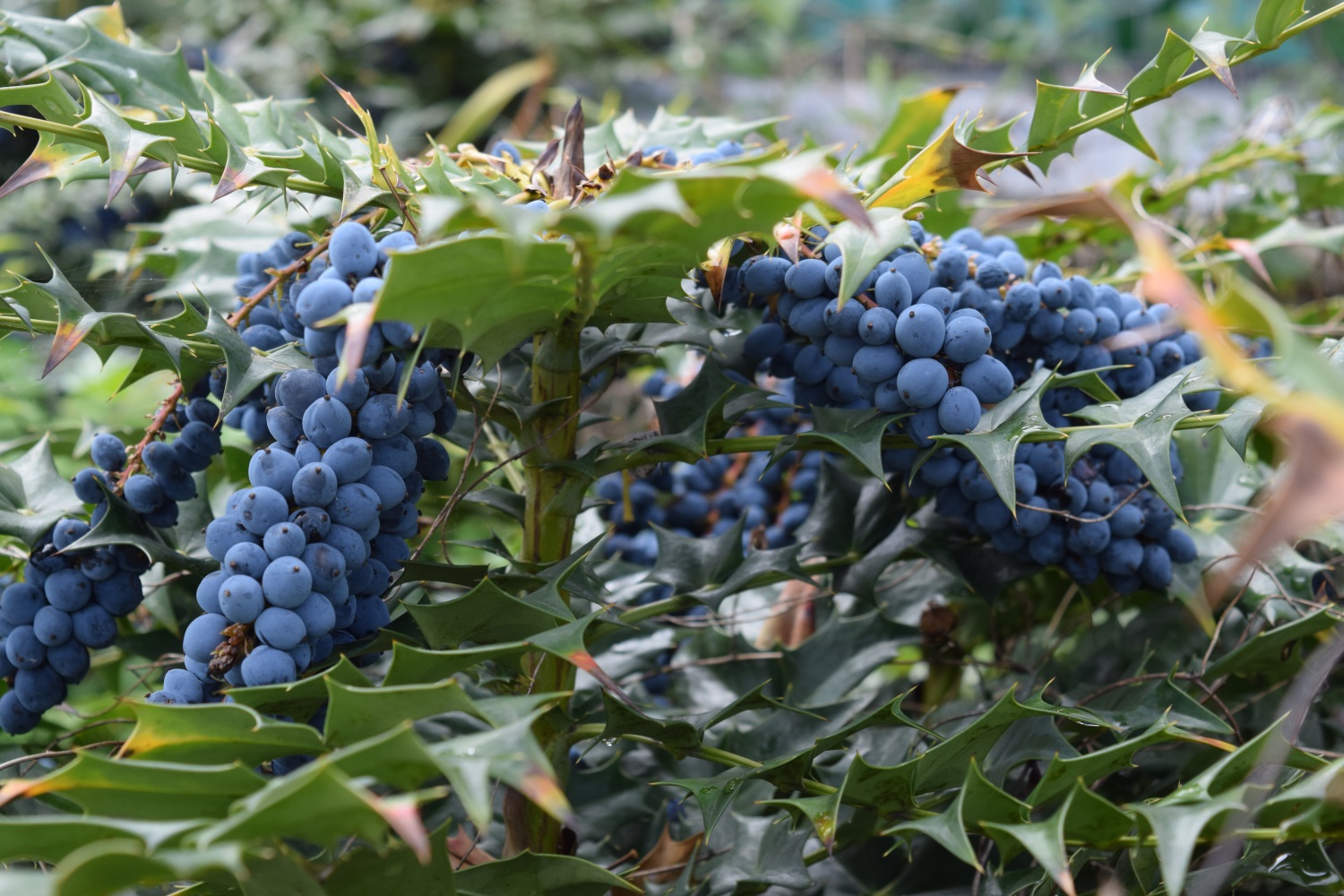


Both plants were used in combination to treat any acute or chronic illness.īarberry came into common usage when Parke, Davis, and Company offered a product for sale to physicians in the late 1900s as a treatment for such infectious diseases as typhoid and early-stage tuberculosis. Barberry often grows naturally alongside another plant called Pipsissewa. By adding fennel seed, the bitterness was made a little more palatable. The Blackfeet peeled the root, dried it, and made an infusion to stop rectal hemorrhage and dysentery. The Catawba used the herb for peptic ulcers. As well as a medicine, the root was used raw or boiled as a flavouring in stew. In ancient Egypt, barberries were macerated with fennel seed to make a drink used for fevers.Īlthough extremely sour, Barberries were used in the past to make preserves, including the French confiture d'epine vinette.Ĭalled the Oregon Grape in North America, barberries were introduced to the US by Europeans and used extensively by Native Americans, who ate the berries raw or made them into a jam. It was an important herb in the Physiomedicalist movement, who based their therapies on a combination of orthodox and Native American practices. In the 19th and early 20th centuries, Oregon Grape was prescribed as a detoxifier and tonic. Native Americans used a decoction of the bitter-tasting root for appetite loss and debility. Since yellow is the first indication that the liver is ailing, barberry was used to treat liver malfunctions. Therefore, the barberry is considered to be good for the liver because of its distinctive electric yellow bark. HistoryĪccording to the Doctrine of Signatures, if a plant resembles part of the human anatomy, it was made for that purpose. Although used interchangeably medicinally, Oregon Grape is thought to be the stronger of the two species. It is an evergreen shrub, growing to about six feet, producing shiny heaves, small, yellowish-green flowers, and, in the autumn, purple berries.īarberry is a thorny, deciduous shrub, growing to ten feet with leathery leaves, yellow flowers, and red berries in autumn. It is particularly abundant in Oregon and northern California, through to British Columbia, in Canada. The Oregon Grape is one of over 450 species native to North America and found growing in the Rocky Mountains up to 7,000 feet and in the woods from Colorado to the Pacific Coast.

High doses taken internally can result in nausea, headaches, and lowered blood sugar.


 0 kommentar(er)
0 kommentar(er)
